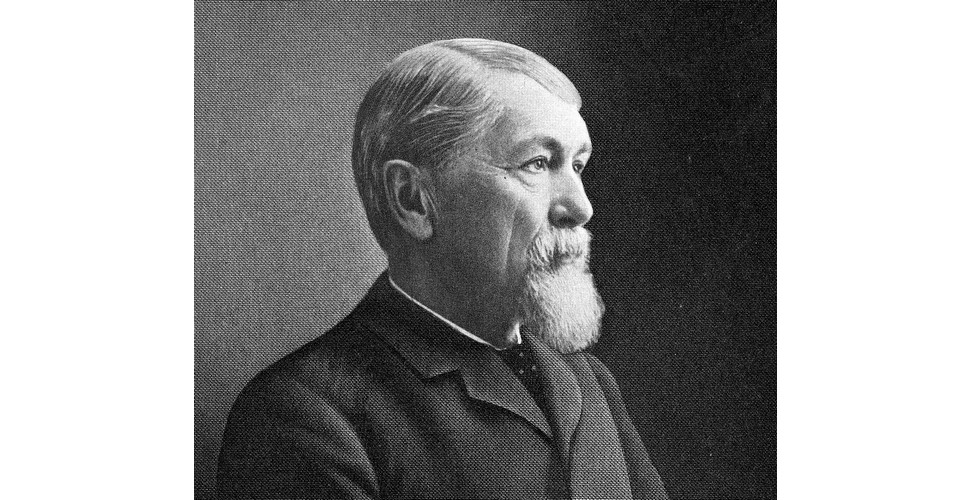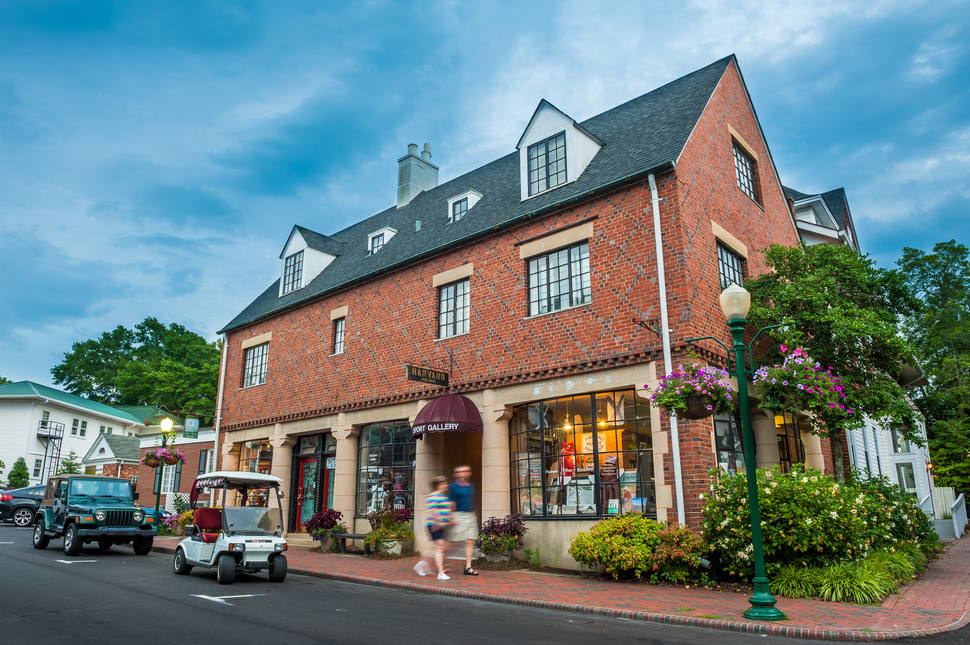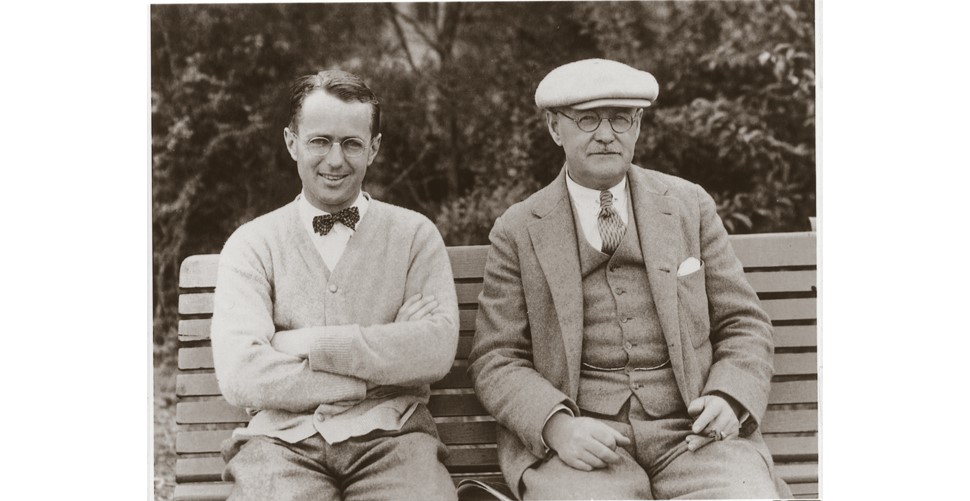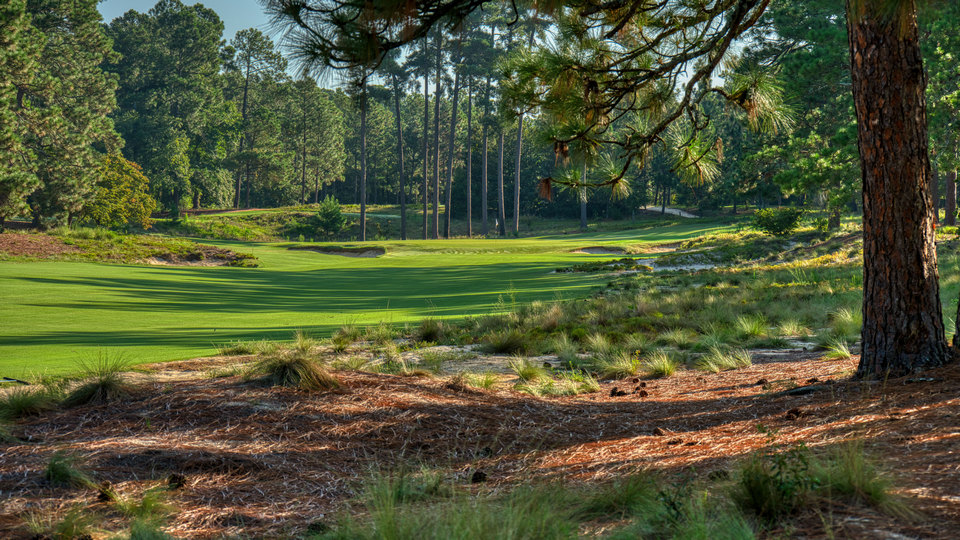Pinehurst, NC. The eyes of the golfing world will once again be watching this engaging village as it stages its fourth US Open this week in hosting the 124th championship.
Pinehurst is a mixture of glorious past and promising future all intersecting together.
Within the DNA of Pinehurst exists a core authenticity with golf occupying centerstage. Located in the Sandhills region of North Carolina, Pinehurst came into being in 1895 thanks to its founder James Walker Tufts, a successful Massachusetts businessman who wanted to create an ideal getaway for winter weary Northerners seeking a respite from the rigors of daily life.

Tufts purchased 5,000 acres at just over a $1 per acre. Many considered his actions folly given the sheer isolation of the area and the barren nature of the property after being stripped of pines by the timber industry.
On June 20, 1895, Tufts contacted Frederick Law Olmsted, the designer of Central Park in New York and the landscape designer of the Biltmore Estate in Asheville, North Carolina, to help him create a first-rate resort. That summer, with the new plan in hand, 450 men began construction on what was originally referred to as “Tuftstown.” Tufts selected the name “Pinehurst” for his resort out of a list of non-winning names for Martha’s Vineyard.
On New Year’s Eve 1895, the Holly Inn opened its doors. Since all of the early buildings of Pinehurst stood on barren land, Tufts hired Warren Manning to plant over 222,000 tree seedling and other plants around Pinehurst — amazingly 47,250 of these were imported from France — to give the resort the natural beauty that exists today.
Olmsted’s efforts brought front and center a “Village” that eschews gaudiness and puffery while engendering a stylish simplicity. Where other facilities embraced garish loudness — Pinehurst’s calling card is in relishing a more subdued pace.
Whispered tones with Mother Nature are in the lead role. Echoing in the distance are church bells via the Village Chapel. A lasting and enriching link celebrating its founder, his religious roots and New England pedigree.
Golf was not on the original menu at Pinehurst – that came into being a few years afterwards. As with the hiring of Olmstead a second critical decision was then made — hiring Scotsman Donald Ross to elevate the developing sport of golf in the United States.
When Ross arrived, a fledging nine-hole course was operating but he was quick to leave his enduring fingerprints. Ross was keen to weave designs that worked in tandem with the sport’s roots from Scotland and in alignment with the rich character of the Sandhills region.

The rise
Pinehurst is the USA’s best example where golf is linked together seamlessly with the community. The only other example globally where such a fascinating intersection takes place is St. Andrews in Scotland — the home of golf.
Where a number of facilities segregate themselves away, Pinehurst embraces the total immersion of community and golf interwoven in all aspects. Eschewing a clever marketing ploy but a joyous nexus with authenticity the stated goal and actual outcome.
Ross was involved with several of the golf designs at Pinehurst, each noted with a specific number. The No.2 course soon was recognized as one of the USA’s premier designs and was updated, as needed, throughout his life which ended in 1948.
Tufts’ grandson, Richard S. Tufts, was responsible for elevating the facility to an even higher level with a range of events — both on the professional and amateur side of the aisle, notably by hosting the 1936 PGA Championship and the 1951 Ryder Cup matches.
| Moore County (home to the Village of Pinehurst) is a community that loves golf, lives golf and is the “Home of American Golf®. With 40 golf courses in a 15-mile radius that draw over 1 million visitors each year. |
No.2 smartly intersected aerial and ground options throughout the round. The secret sauce was not a slavish penal style but one showcasing mental ingenuity in tandem with adroit shotmaking fostering the widest array of golf skills and knowing when and in what manner to use them throughout the round.

The Fall
The link to authenticity came to an end when the Tufts family opted to sell Pinehurst to the Diamondhead Corporation in January, 1971 for the sum total of $9.2 million.
The original Tufts concept was quickly jettisoned. Diamondhead saw things vastly differently. Opting to ramp up real estate sales — promoting housing upon the various golf courses as fast as could be built. Pinehurst began a slow descent — losing its cherished character in the process.
But the most egregious move came with the gutting of the core philosophy tied to the famed No.2 course. Turning the Ross gem into a generic run-of-the-mill layout in which the fundamental connection between the air and ground games was eviscerated. The magic of No.2 became just another golf facility espousing an empty number and eliciting a nonexistent soul.
Part 2


Related: Rory McIlroy focuses on European record as fifth major remains elusive
For the latest news in the golfing world, follow us on X (Formally Twitter).
